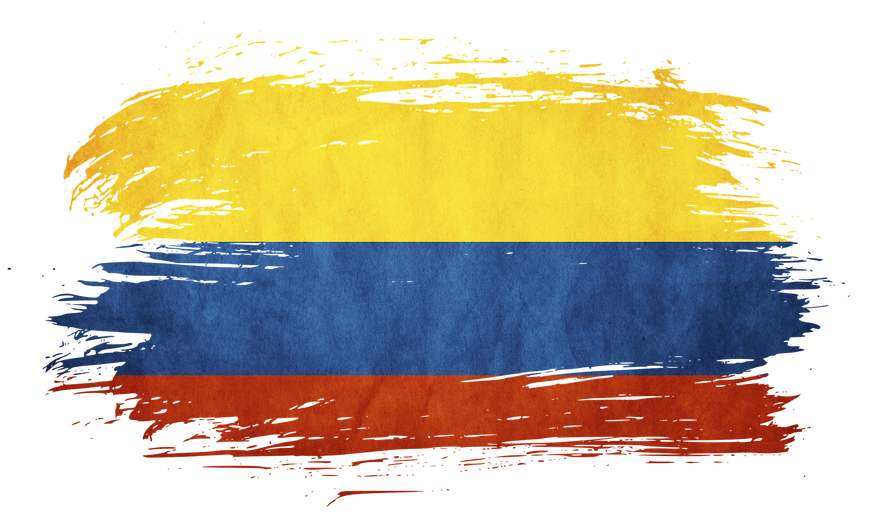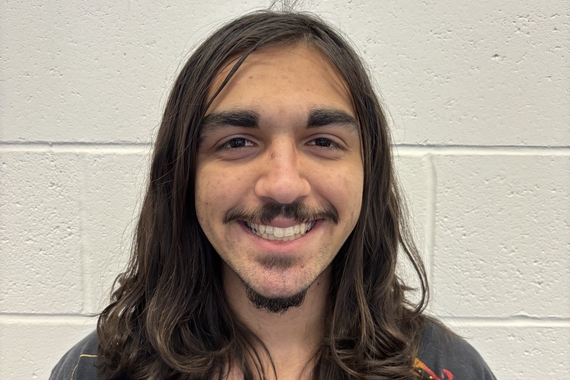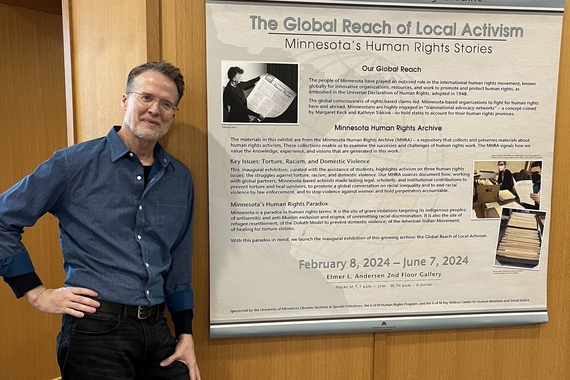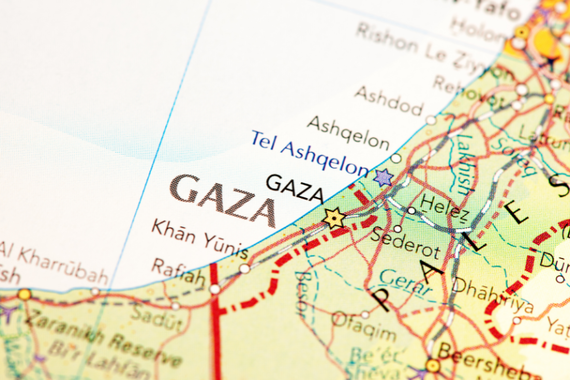Student Research Spotlight: J. Wren Supak
J. Wren Supak is a visual artist and second-year Master of Human Rights Student. Wren spent her summer in Colombia studying the ways in which artistic theater can serve as a mechanism through which to further peace in post-conflict societies. Her trip was supported by a generous grant from the Human Rights Program.
Human Rights Program (HRP): Tell us about where you did your field experience this summer and what you worked on while you were there.
J. Wren Supak (WS): This summer I did field research in Colombia. The capital city of Bogotá was my base where I was a student-guest of the National University of Colombia in the Restrepo Center for Civil Reconstruction in the Sociology Department. I spent most of my time in the historic Theater District of Bogotá, which is located just up the hill from the famous Bolivar Square. I met with, watched, and did personal interviewing with members of two well-known theater groups called Teatro Traumaluna and Teatro La Candelaria.
I initially came into contact with these individuals as a painting member of a collaborative art group called Voice to Vision (V2V) created by University of Minnesota art professor David Feinberg and then chair of the Center for Holocaust & Genocide Studies, Stephen Feinstein. Over the last fifteen years, Voice to Vision has worked with direct and multigenerational survivors of genocide from every continent to help document and share their stories through a collaborative art process similar to the collaborative theater process I studied in Colombia. In Voice to Vision we greet the narrators as “Storytellers” and the artists are honored to be facilitators. I am proud to have recently become the co-director of V2V.
In Colombia, I even had the opportunity to participate in work-shopping a new play. I learned extensively about the process of theater, and theater in a social-political context from those who have been doing the work their whole lives. My goal was to carefully study a particular play that each group had created and performed during the sixty-year internal conflict and also after the Treaty for a Durable and Lasting Peace between the armed forces of Colombia and the FARC was enacted into law, to contextualize it within the context of the current peace processes in Colombia. In the years ahead I wish to correlate this research globally with historical and future peace processes to create tools for peacemaking.
I was able to discuss my research with the theater personnel, press, and interested parties, and discuss ideas of participating in truth-seeking processes. Here in America, I was honored to present the study as a guest of the Nobel Peace Prize Forum that many Colombian advocates and politicians attended because the former Colombian President Santos had won the Nobel Peace Prize in 2016 for his work on peace. Participating in the NPPF, being called “a peacemaker” was a tremendous, lasting honor that also gave me the opportunity to meet many like-minded individuals. I am fully aware that this research was possible because of the support of the Human Rights program of the University of Minnesota, and the generosity of the theater professionals I worked with this year.
It was invaluable to have the experience and guidance of Dr. Mary Curtin who was my advisor this summer; her expertise in diplomacy and global affairs was crucial in both preparing for the trip and writing about it.
HRP: What were a few major takeaways or lessons that you learned this summer through your fieldwork?
WS: Some key take-aways included:
- I learned that doing non-biased research, like art, is actually very political.
- I see how something seemingly as universal as being a Human Rights researcher signifies different meanings in various environments, and that it can be complicated and political.
- I understand now that the meaning of “post-conflict” is not cut and dry; peace and conflict do not have hard edges, but bleed into each other.
- I have a better sense of what it really looks like to advocate for justice, dignity, and peace.
- I was able to imagine a future where traumatized societies work with art to increase understanding and compassion, perhaps to reconcile personal differences and painful histories. Not in replacement of legal, judicial processes, but as an ancillary tool.
- I recognized that making art in a place of conflict is a type of documentary process that individuals in war-torn societies crave.
- I observed that creating art in a site of conflict, or post-conflict is a means to memorialize the fallen.
- My Spanish has improved!
HRP: How was the fieldwork related to your course of study, and how do you think it will help you in your career?
WS: As a human rights student and fine artist, I am searching for ways that art can help advocate for peace and respect for human rights. Going to Colombia twice last year showed me what is possible, what the effort looks like, including the risks and complications that artists face in doing the work of advocating. The fieldwork was a necessary part of work in order to write my professional paper in the Spring.
As mentioned above, I have been afforded many opportunities by the access and support of being a member of the Master of Human Rights Program at the University of Minnesota. Another such opportunity is in February 2019 when I will be a presenter of this research at the College Art Association’s 107th annual conference in New York City. I will present this research on a panel called “Hands Up, Don’t Shoot!”: Bodies as Sites of Trauma in Contemporary Art.
In addition to conducting and presenting research, I have had the chance to help put together several related art exhibits here and abroad. One is opening soon in Minneapolis, and will be open to the public.
*Responses have been edited for length and clarity.




